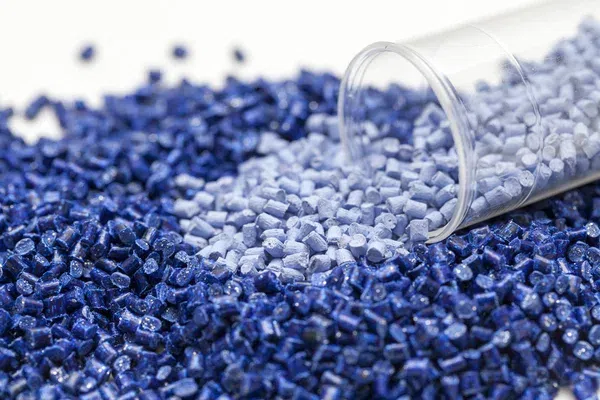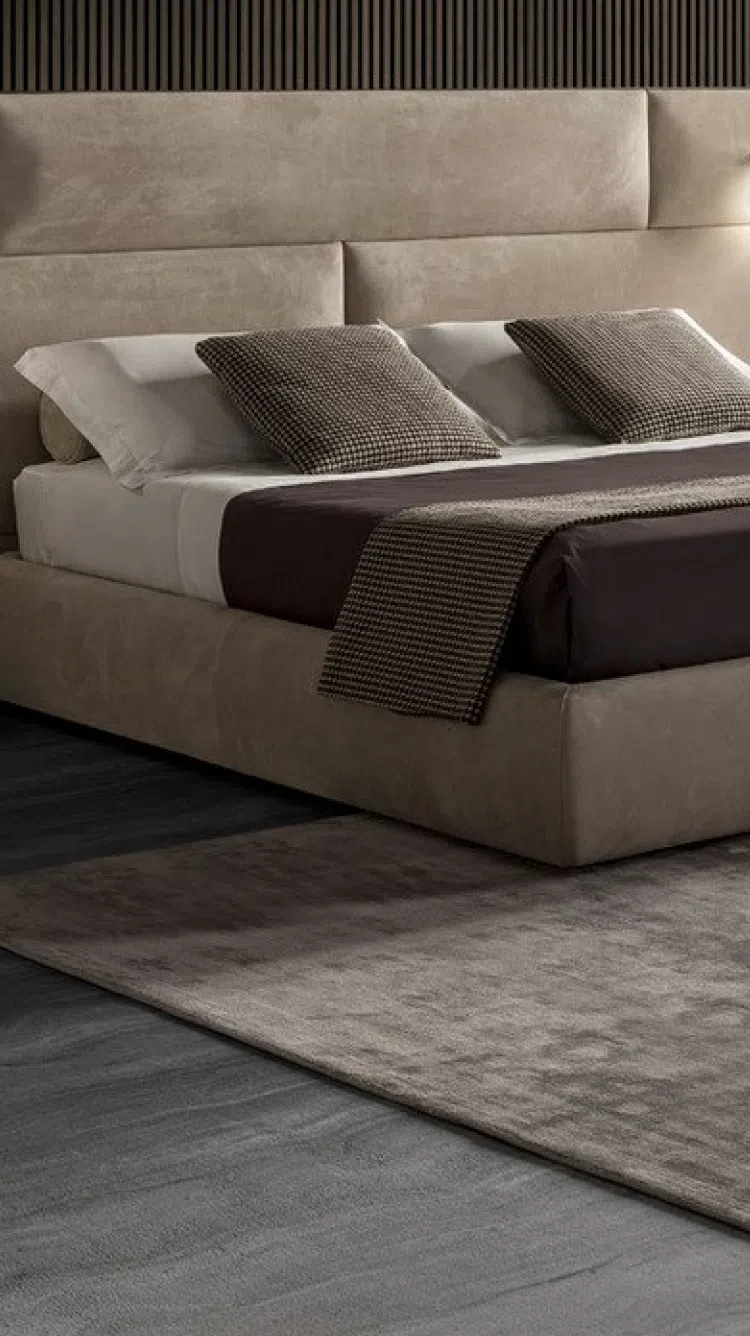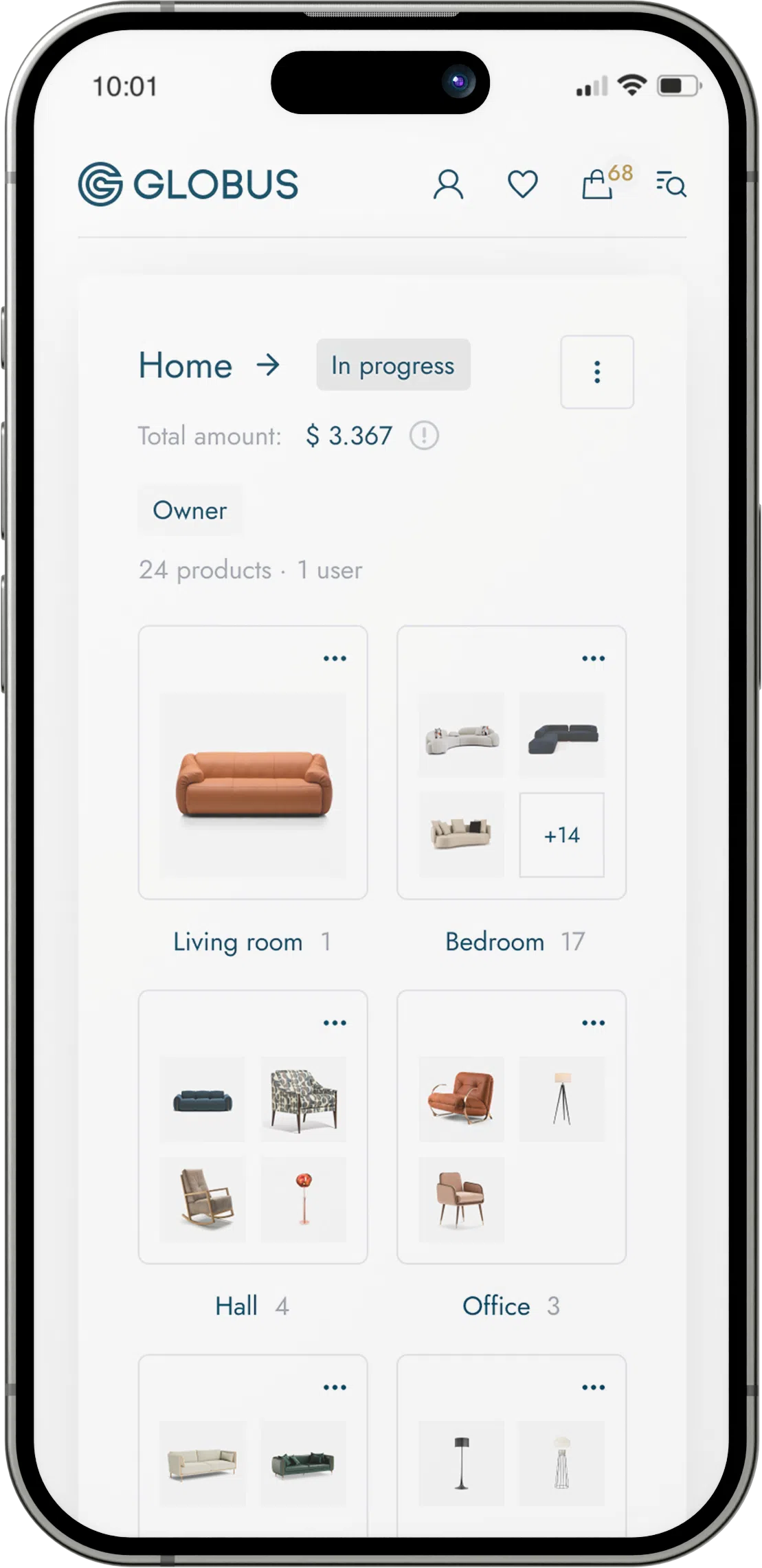
As a furniture material, plastic offers a diverse range of characteristics that make it suitable for various applications. Here’s an overview of plastic as a material in the furniture industry:
Types of Plastic Used in Furniture:
Polyethylene (PE): Widely used for outdoor furniture due to its resistance to moisture and UV radiation.
Polypropylene (PP): Popular for chairs and tables because it's lightweight and has good fatigue resistance.
Polycarbonate (PC): Noted for its high impact strength and transparency; used for chairs that mimic the appearance of glass or crystal.
Acrylic (PMMA): Offers glass-like transparency and is often used for tabletops and decorative elements.
Polyvinyl Chloride (PVC): Known for its durability and ease of maintenance; used in outdoor furniture and upholstery.
Polytetrafluoroethylene (PTFE): Often utilized in furniture coatings for its non-stick properties and resistance to chemicals.
Properties:
Durability: Plastic can be extremely durable and resistant to scratches, moisture, and other environmental factors, making it suitable for both indoor and outdoor furniture.
Low Maintenance: Plastic surfaces are easy to clean and require minimal maintenance compared to other materials like wood or metal.
Lightweight: Plastic furniture is usually lighter than those made from metal or wood, facilitating easy rearrangement and mobility.
Moldability: Plastics can be molded into a wide variety of shapes and forms, which allows for innovative design concepts and complex geometries that might not be possible with other materials.
Color Range: Pigments can be added to the plastic during the manufacturing process, providing a vast spectrum of colors and textures, from bright and vivid to subdued and matte.
Cost-Effective: Generally, plastic is more cost-effective than wood or metal, making it a popular choice for budget-conscious consumers.
Recyclability: Some plastics can be recycled, which helps reduce environmental impact. However, not all plastic furniture is made with recyclable plastic, and mixed materials can complicate the recycling process.
Applications in Furniture:
Outdoor Furniture: Chairs, tables, and sun loungers often use weather-resistant plastics.
Office Furniture: Plastic is frequently used for office chairs, partition walls, and storage units due to its durability and lightness.
Children’s Furniture: Non-toxic, brightly colored plastics are favored for children's furniture for their safety and playful aesthetics.
Modern Designs: Contemporary furniture pieces often use plastic for its adaptability and the sleek, modern look it can achieve.
Hospitality Industry: Hotels and restaurants use plastic furniture for patio dining areas or poolside lounging due to its ease of cleaning and weather resistance.
Environmental Considerations:
- Plastic furniture can be environmentally friendly when made from recycled materials and designed for recyclability.
- Concerns with plastics include their production, which can involve fossil fuels, and the potential for long-lasting waste if not recycled properly.
- Bioplastics and other eco-friendly alternatives are emerging, aiming to reduce the ecological footprint of plastic furniture.
Overall, plastic is a versatile material in the furniture industry, appreciated for its functional and aesthetic flexibility. It continues to evolve with advances in technology to address both consumer demands and environmental concerns.


